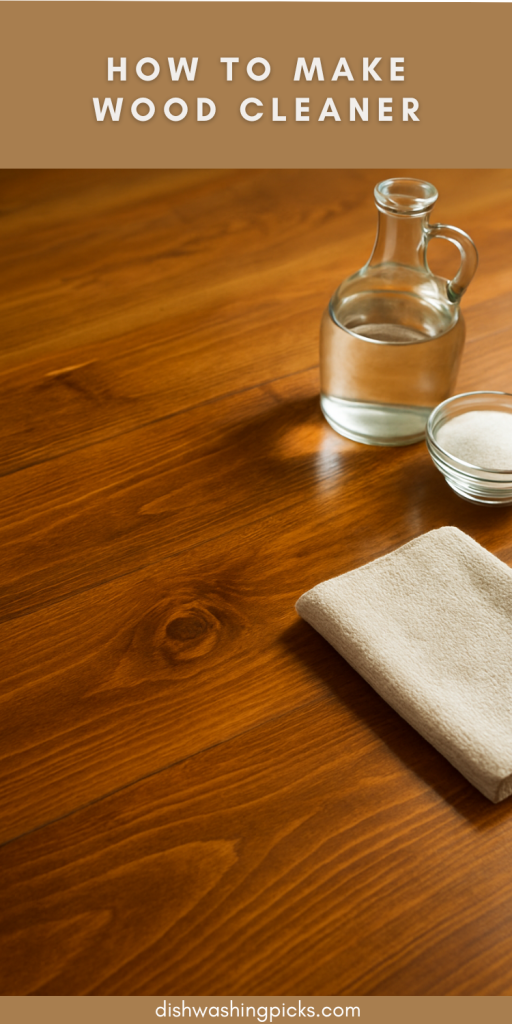
Have you ever looked at your favorite wooden table and thought, “Wow, you could use a little TLC?” Well, the good news is, you don’t need a fancy store-bought product to give your wood furniture that glow. Making your own wood cleaner is easy, natural, and kind of fun. Plus, you get to feel like a domestic wizard with a magic elixir in a spray bottle.
Why DIY Wood Cleaner Rocks
Why bother making your own cleaner? Good question. Here’s the deal:
- It’s natural. No harsh chemicals that could ruin your finish or irritate your skin.
- It’s customizable. Want a fresh lemony scent or a calming lavender vibe? You decide.
- It’s cost-effective. That’s right, your wallet gets a little vacation.
And honestly, there’s something satisfying about spraying a solution you made yourself and watching your furniture shine like new.
Ingredients You’ll Need
Before we get messy (in a good way), here’s what you’ll need:
- 1 cup of olive oil (acts as a natural moisturizer for the wood)
- 1/4 cup of white vinegar (cuts through grime and disinfects lightly)
- 10–15 drops of essential oil (optional, for scent—lemon, orange, or lavender work great)
- A spray bottle
- A soft microfiber cloth
Simple, right? Most of this is probably already in your kitchen or bathroom cabinet.
Step-by-Step Guide to Making Wood Cleaner
- Mix the oils. In a bowl, combine the olive oil and vinegar.
- Add scent. Drop in your chosen essential oil. It makes cleaning smell like a spa day!
- Transfer to spray bottle. Give it a gentle shake.
- Test first. Spray a tiny amount on a hidden area of your furniture to ensure it doesn’t react badly.
- Clean away. Spray lightly onto the wood and wipe with your microfiber cloth, following the grain. Watch the magic happen.
Pro tip: Less is more. You want a thin layer, not a slippery mess.
Extra Tips for Different Wood Surfaces
- Polished furniture: Use sparingly; the oil keeps it shiny but don’t overdo it.
- Antique pieces: Stick to the minimal vinegar ratio to avoid damaging delicate finishes.
- Cutting boards or kitchen surfaces: Skip essential oils if you plan to use the surface for food prep.
And remember—always wipe along the grain. It’s like giving your wood a little massage.
Storage & Safety
- Store in a cool, dry place.
- Shake before each use because the oil and vinegar separate over time.
- Keep away from heat sources; vinegar is fine, but you don’t want the bottle sitting in direct sun.
Wrapping It Up
Making your own wood cleaner is surprisingly simple, cost-effective, and eco-friendly. You get to tailor the scent, care for your furniture naturally, and avoid all those scary chemicals lurking in commercial products. Plus, there’s something about knowing you made it that makes cleaning a little more enjoyable.
Next time you dust off your favorite table or dresser, grab your homemade wood cleaner and give it some love. Trust me—your furniture will thank you (or at least look like it’s smiling).
